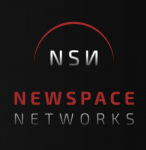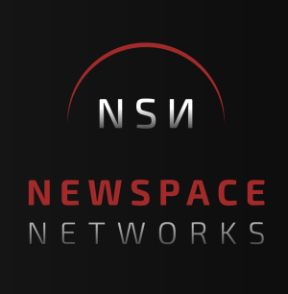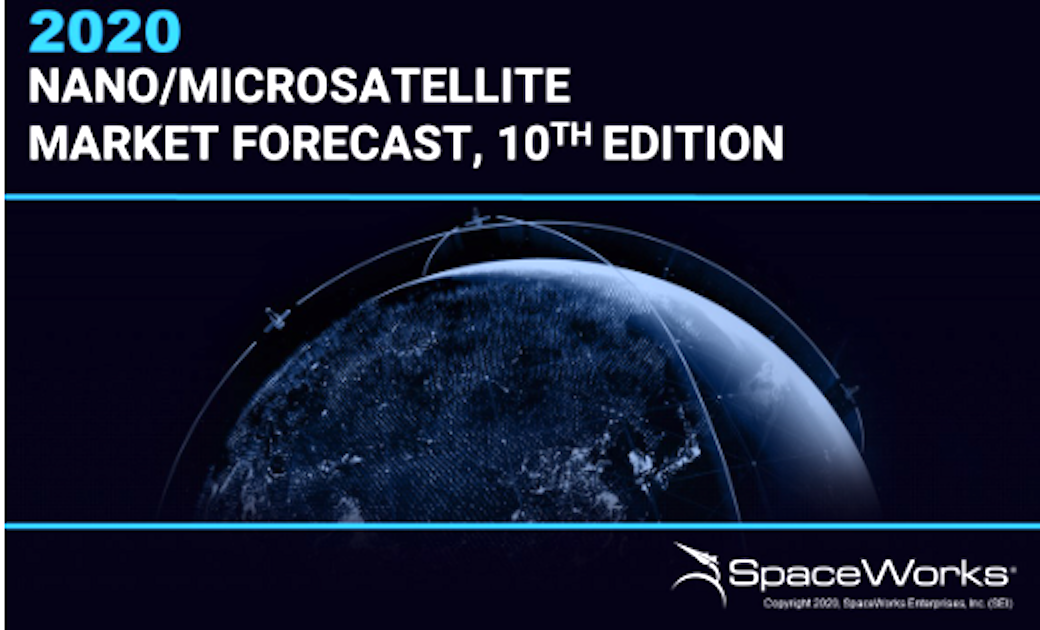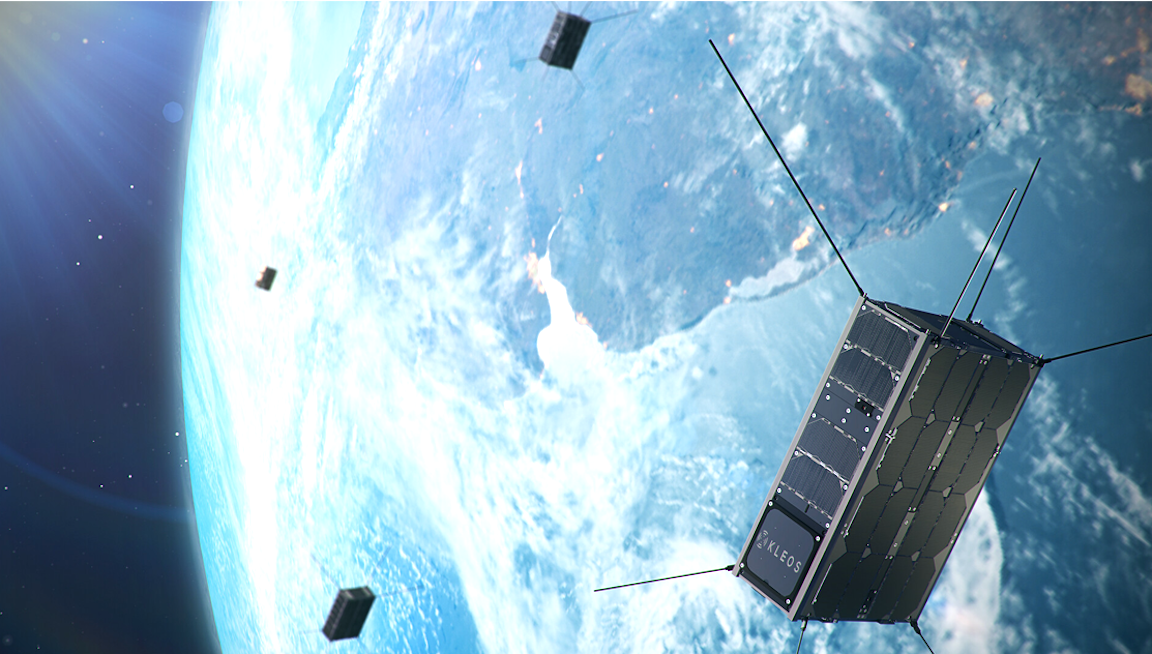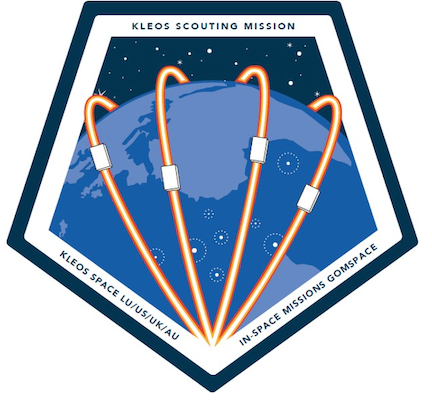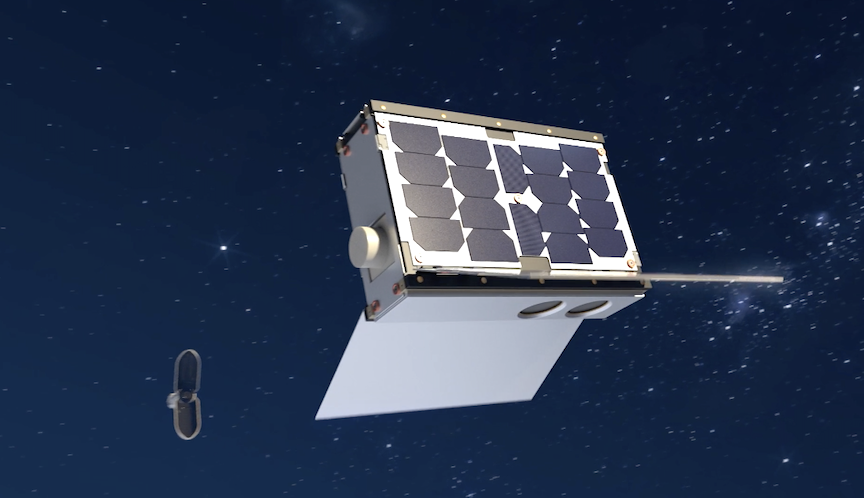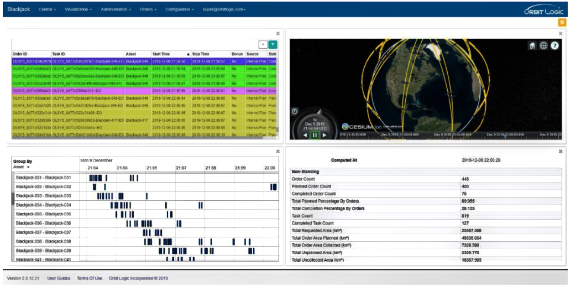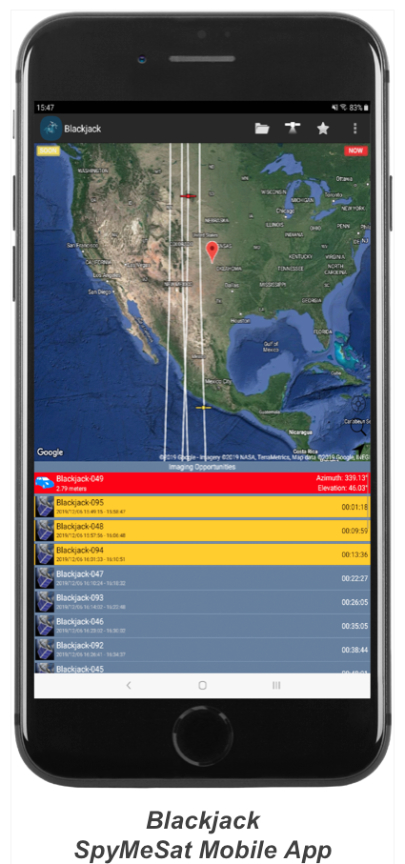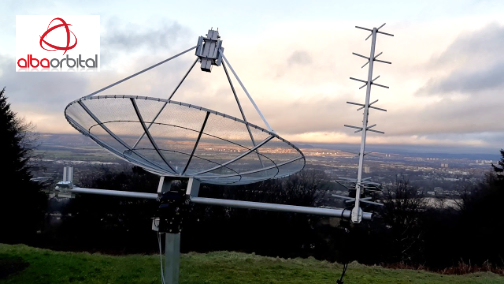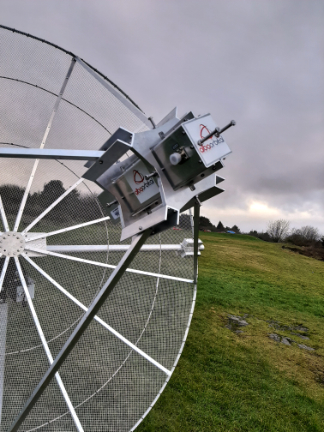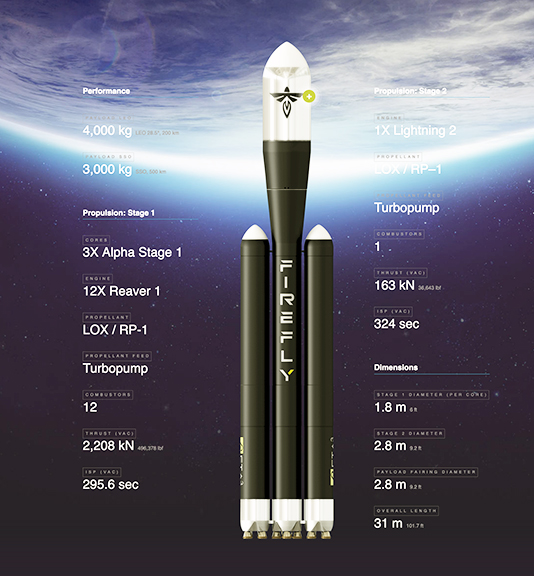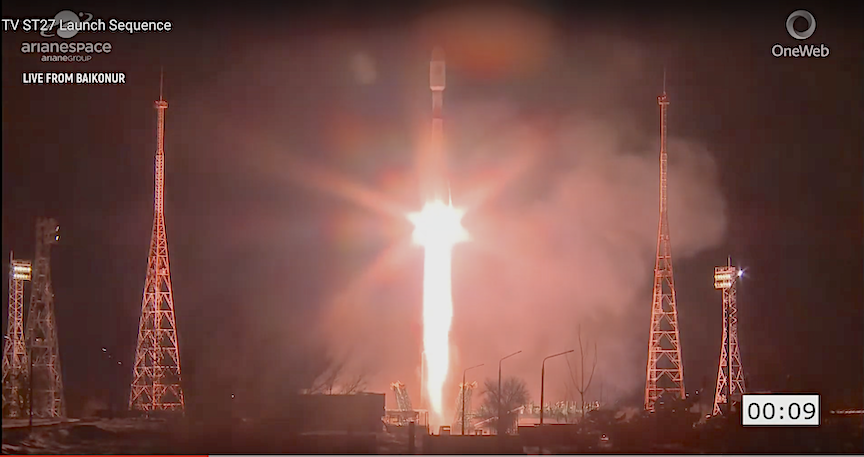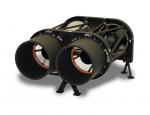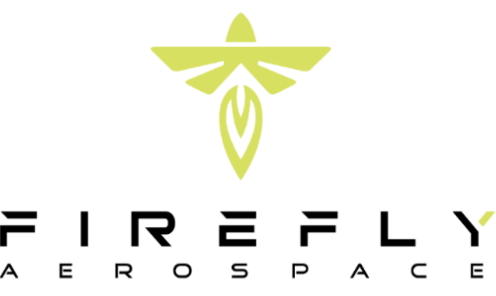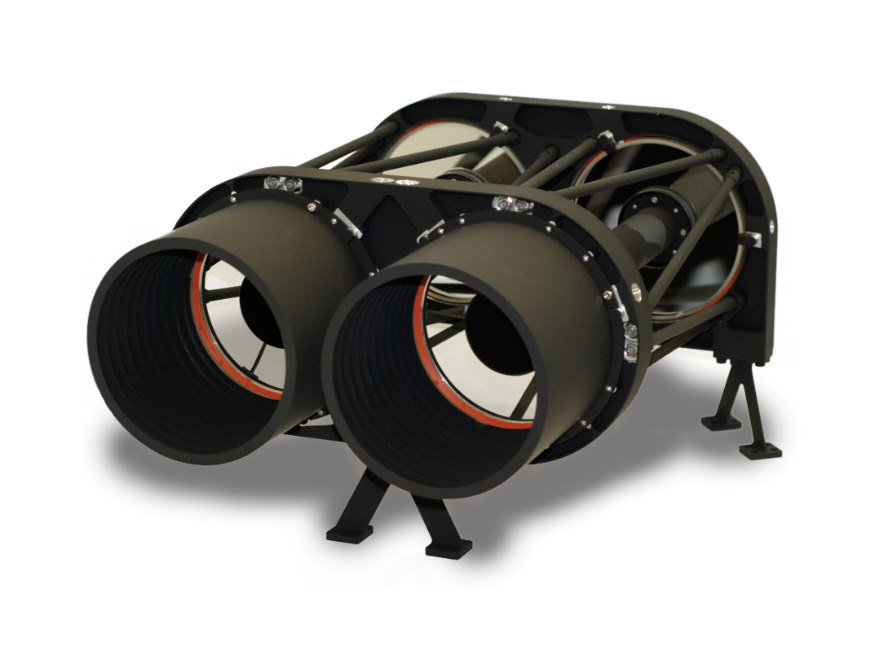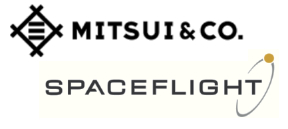
Curt Blake, the CEO and President of Spaceflight Industries, has posted news that the company has signed a definitive agreement to sell their rideshare launch business to Mitsui & Co., Ltd., of Japan (via a partnership with Yamasa Co., Ltd.).
Blake wrote that the firm can now shift their focus to ensure they are setting up the infrastructure to support their growing commercial and government business.
The transaction is now subject to the U.S. Committee on Foreign Investment (CFIUS) review, as this transaction is not yet official. While that review process can take several months to complete, the company is researching and putting plans in place to ensure the firm hits the ground running when all is approved—hopefully in 2Q 2020. Once approved, Spaceflight, Inc. will operate as an independently run U.S. company.
Blake wrote that the company is committed to building the necessary business infrastructure to ensure their customers, both commercial and government, are fully supported and poised for growth. While the transaction is under review, Spaceflight will explore the specific infrastructure recommendations. (We anticipate Spaceflight will be governed by a Board of Directors with a majority of U.S. persons. In addition, we will also be establishing a separate subsidiary with a Board of Directors composed of U.S. persons, to minimize any impact to our U.S. government customers’ launch experience.) The firm’s name, team, and the contracts will all remain the same. There will be the hiring of a handful of new positions this year to support the business operations and the ever-growing launch schedule.
The company engaged in this acquisition for the following reasons, according to Blake. The biggest, most obvious benefit is growth. The commercial space industry is evolving rapidly, and Spaceflight is 100 percent committed to providing the most innovative and cost-effective launch options for their customers. Now the firm is able to reinvest directly in the core launch business and have the financial and operational support from a large corporation to further expand Spaceflight services, technology capabilities and the partnerships.
With Mitsui’s backing, Blake write that the company will be able to expand even further, pushing the industry to new levels and making launch even simpler and more affordable for customers. He added that the firm truly believes there is no limit to the potential of space.


